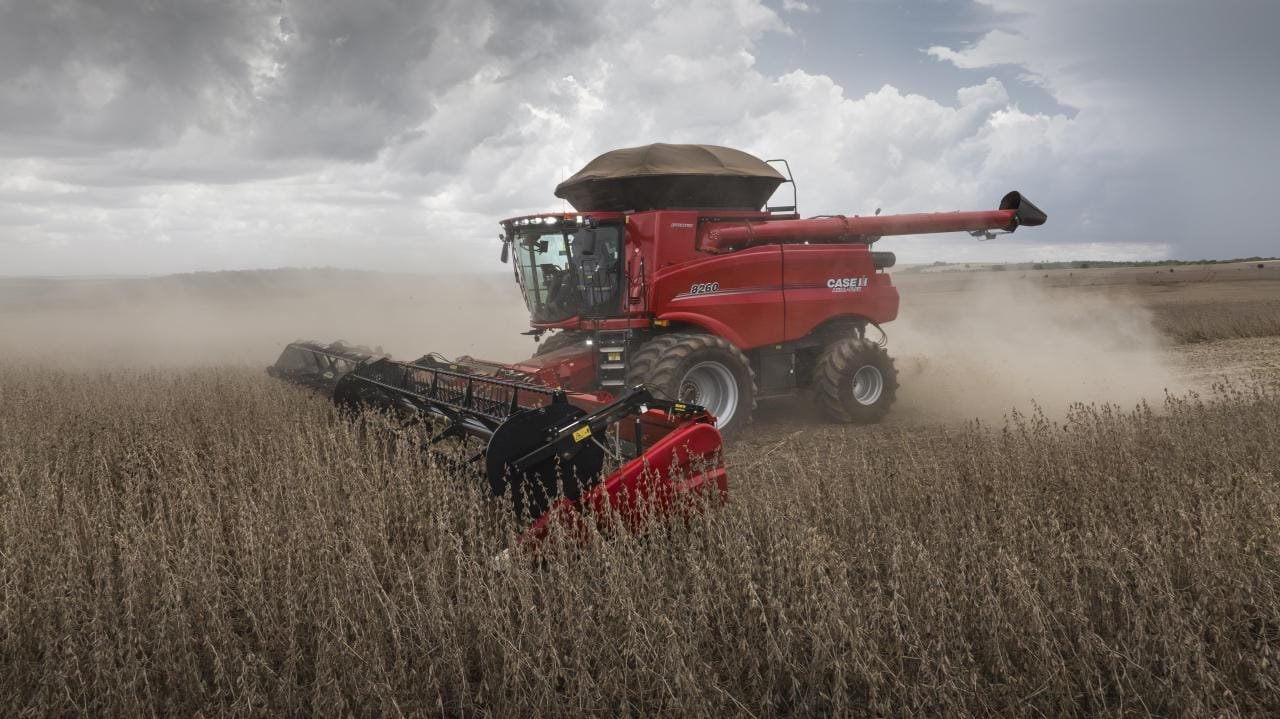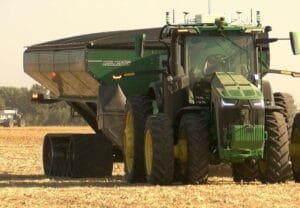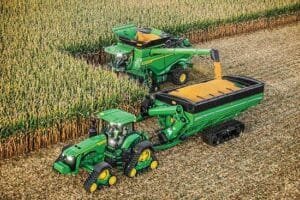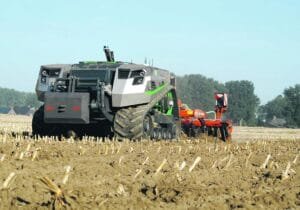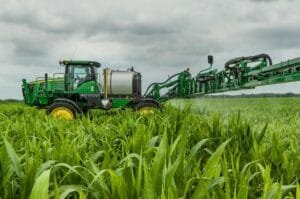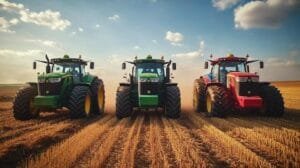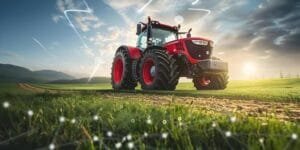A splash of dust greets innovation on the field. Agricultural equipment manufacturers seldom rest, their gears ever turning—even while much of the world idles between seasons. In a marketplace echoing with horsepower and hydraulic dreams, two new tractor models have been pulled into the spotlight alongside a headline-worthy acquisition that signals deeper ambition than simple sheet metal upgrades.
Something happened this February at Louisville’s National Farm Machinery Show: Massey Ferguson unfurled its 2025 compact tractor lineup with little fanfare compared to its legacy launches, though the mood took on that particular electricity found when change lingers in barn air. Meanwhile, industry stalwarts such as John Deere and New Holland are tuning their offerings not just for brute strength but oddities like “precision ag integration” and comfort upgrades—words you wouldn’t find sprawling across decals back when all anyone wanted was an engine that started before sunrise.
Some won’t see this moment coming—a key manufacturer deploying both new hardware and doubling down by absorbing a tech firm whose name will soon be pasted across guidance systems burrowing through loam-rich soil. But perhaps that’s less surprising if one remembers how fast agronomic priorities can pivot these days—a swift decline for yesterday’s paradigms when information speeds trump muscle alone.
New tractors arrive in cacophony. John Deere’s 2025 portfolio bears out this maxim; the reengineered 6M line delivers up to 195 horsepower (just enough for midwestern dairy or row crop operations), while its upmarket cousin, the 6R series, jumps to an imposing threshold of 300 horses. It isn’t purely about torque; users get joystick dominance with CommandPRO™ right hand control—an intuitive platform where throttle is governed as artfully as conversation over Sunday coffee. Their engines thrum beside strongmen like New Holland’s Genesis T8 Series—the latest variant inching engine ratings upward by units of five or ten without inflating chassis profiles beyond familiarity.
Stack enough acronyms—JDLink™, AutoTrac™, Section Control—and it starts to feel not so unlike piloting remote submersibles rather than tractors among clods and furrows. These technology suites aren’t merely padding feature lists but shape daily workflows: operators trust these layers during demanding tillage, planting cycles that sprawl from horizon tips inward.
The terrain gets even more compelling once high-horsepower four-track models enter discussion—Deere blazing trails with its mammoth 9RX range topping out at a mighty (some might say excessive) 830 hp. If negotiating heavy clay fields under rainclouds is your bread-and-butter operation—or perhaps your personal Sisyphean ordeal—the situation now shifts favorably toward unprecedented power reserves bundled within cabs designed almost indulgently for fatigue management: robust suspension seats paired unexpectedly with sophisticated climate controls intended more for long-haul truckers than old field hands who still chew locust wood toothpicks after lunch breaks.
Amidst new equipment fanfare came another ripple: acquisition news considered only briefly before attention skipped onward. Why invest in digital prowess when steel still reigns? For some observers rooted firmly in analog tradition, software partnerships smell oddly modernist—a whiff more Silicon Valley than rural crossroads feed store—but it grows difficult dismissing data-driven efficiencies born from these pairings between brawn-heavy engineering groups and nimble code shops specializing in yield mapping or fleet telematics management.
Sometimes change arrives too stealthily to notice until routines twist out of recognition: hydraulic workflow optimization emerges not simply as novelty but anchors reliability improvements sought after by those growing tired of persistent small failures along mainline hydraulics during critical days every spring. Experienced operators recognize subtle gains flowing from upgraded couplers or remote valves—they might insist otherwise at first then months later reference “the way things used to be” before conceding their initial skepticism only reflected stubborn habit rather than technical shortcoming.
Rarely does talk linger over aesthetic dimensions—the look-and-feel designers preserve even as internal combustion genes mutate beneath painted exteriors—which underscores how much agricultural identity intertwines utility performance with subjective elements best described using understatement rather than boastful revelation.
The purchase of that technology company hardly seemed inevitable; leadership wavered initially over whether building proprietary capability internally would suffice—but whispers suggest integration opportunities proved irresistible midway through negotiations (though retrospective analysis may well pick bones here). Even now there are rumors swirling regarding additional joint ventures elsewhere among seed developers instead—in paths branching away unpredictably from original intent; yet nobody doubts digital sophistication will become staple menu fare alongside mechanical endurance standard bearers such as PTO output ratings or variable transmission options flaunted across brochures left scattered on breakroom tables since January thaw set muddy boots wandering factory floors again.
Every so often an industry borrows language sideways from unrelated domains—one executive recently quipped offhandedly “It’s our version of teaching old dogs quadratic tricks”—only half-ironic referencing algorithms whittling route planning decisions down to fractions locomotion never grazed previously.
There remains no single roadmap guiding machinery evolution nor universal hierarchy organizing which features matter most per season cycle. Contending voices within R&D teams advocate fiercely—from advocating modularity’s virtues against arguments holding steadfastly onto proven block castings because ‘they just don’t make them like they used to,’ except this year they do—and better fit sensors under cowling where sunlight never quite baked grease dry anyway last July heatwave notwithstanding.
As future harvests lean increasingly upon intertwined advances—spanning physical implements and cerebral logic embedded unseen beneath hoods—it becomes clear next season’s competitive ground rests equally upon who commands both silicon circuits pulsing invisible progress alongside iron-clad chassis glinting defiantly beneath low-flying geese trailing westward toward dusk-lit tree lines unfamiliar yet strangely promising all at once.

